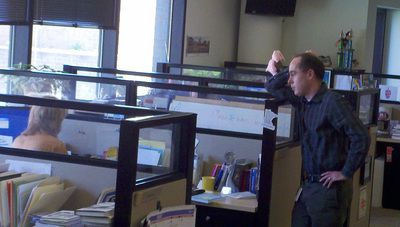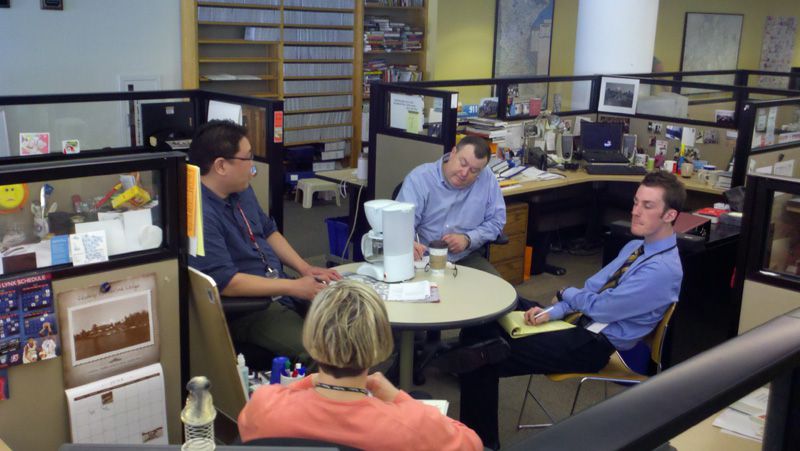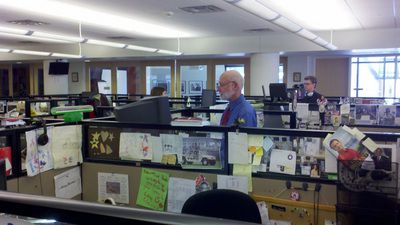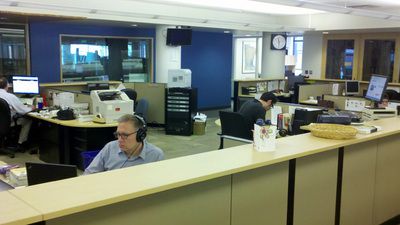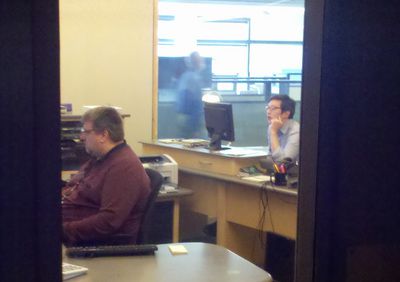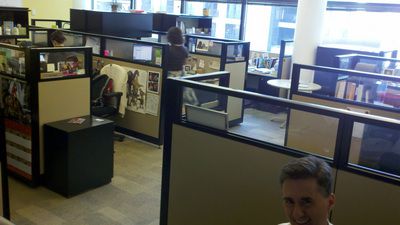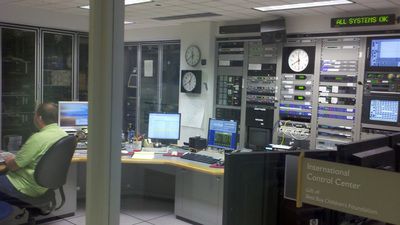City Pages released an extensive article on retiring MPR boss Bill Kling today, and the factoid that many people in the business are picking up on is this section of the story:
He believes MPR’s current newsroom staff of 86 needs to double.
“You can have all the blogs, all the Huffington Posts, and Twitter feeds, and any other way of distributing content,” Kling says. “But if you don’t have the content, none of it’s worth anything. That comes from reporters, which I believe we have to step up.”
It’s true that what you hear on the radio comes from reporters but what you hear on the radio is a lot more than their work. And, truth be told, of the 86 people in the newsroom, only a handful of them are reporters.
I occasionally give very long tours of MPR’s news operation to News Cut readers because if there’s one thing they need to know, it’s this: We’re more than hosts and reporters. The MPR newsroom, like most newsrooms in well-respected media organizations, is an iceberg.
News content comes from more than reporters. Here, let me show you in this photo tour.
Midmorning has just ended, so producer Chris Dall and Kerri Miller are already talking about tomorrow’s show. Or maybe Friday’s. There are three producers on the Midmorning team who spend much of their day chasing down potential topics and guests, including pre-interviewing them to make certain they can converse in an interesting way. The same is true for MPR’s Midday (two producers). and Morning Edition (three producers).
We’re a few hours away, yet, from All Things Considered. The show has two producers you never hear on the air, and one host that you do. They have a large news hole to fill and that portion which isn’t filled by a reporter’s story, is filled by interviews that they arrange and conduct.
Of course, we have reporters, easily identified because they’re usually embracing the latest office fad. In this case, standing up. They can probably give you a good deal on those giant exercise balls they used to sit on…
Editors — radio and online — are pretty important in the big content scheme of things. We’ve got six or seven of them, enough to insure that infinitives aren’t split and facts aren’t mangled.
A portion of the Minnesota Today contingent — editor and reporter.
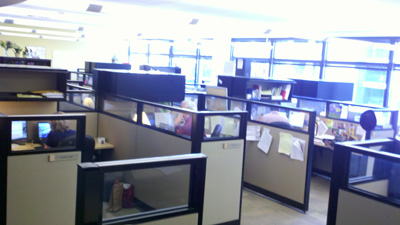
Midday is on the air. You hear Eichten. You don’t hear RJ (Randy Johnson) who is the technical director (each show has one), or David Chong, who’s one of the producers today. He’s one of the people who answers the phone when you call into Midday and makes sure the question you want to ask is relevant to that point in the conversation.
The public insight journalism area, commentary editor position and — down in the bottom right corner — a real life blogger (Paul Tosto) can be spied if you’re very quiet and stay downwind. Bloggers are highly intelligent creatures and can sense when danger is near.
You know those music segments you hear on MPR? It takes audio specialists like Michael DeMark to make them happen and make them meet the high audio quality standards MPR listeners expect.
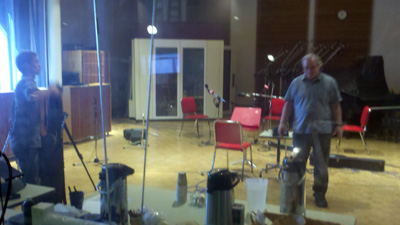
And none of this is possible if all of this audio content can’t get out the door, into the sky and down to your radio. This is the International Control Center and satellite uplink/downlink section of the headquarters.
And I haven’t even shown you the people who book satellite time, the photographers for the Web site, hourly newscasters, the new media department, newsroom managers, and the I.T. people who keep a technical-heavy operation running,
Each of these people is creating news content.
It’s true, of course, that reporters are the vital cog in this wheel. But in a given day of news programming, only about 10-20 total minutes actually comes from a traditional reporter. The rest comes from many unseen members of the team.

